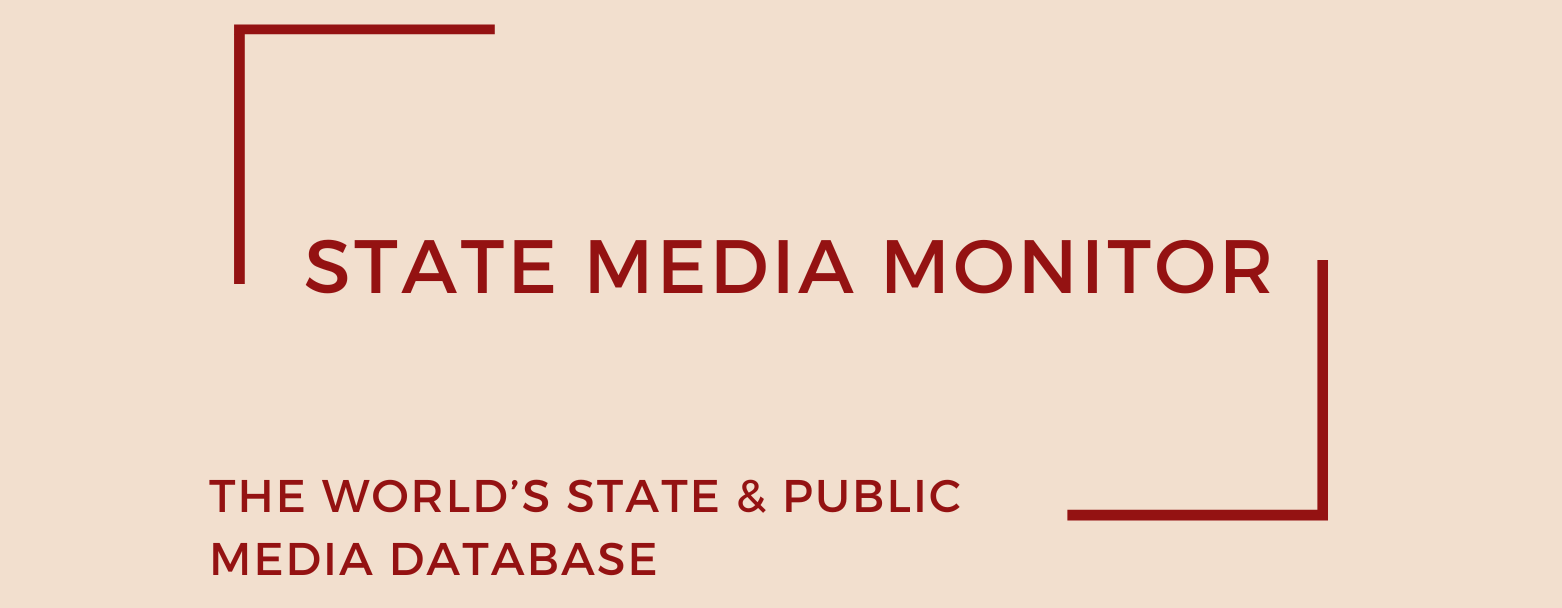Sveriges Television (SVT)
Sveriges Television (SVT) is Sweden’s publicly funded television broadcaster, with roots stretching back to 1956. A stalwart of the Swedish media landscape, SVT currently operates multiple channels, offering programming across genres—from current affairs and culture to children’s and educational content.
Media assets
Television: SVT1, SVT2, SVT2 HD, Barnkanalen, Kunskapskanalen, SVT24
State Media Matrix Typology
Ownership and governance
SVT is structured as a limited company under the ownership of an independent foundation—Förvaltningsstiftelsen för Sveriges Radio AB, Sveriges Television AB och Sveriges Utbildningsradio AB. This foundation serves as a buffer between SVT and direct political control, safeguarding its editorial independence.
The foundation’s board comprises 13 members nominated by political parties but not in proportion to their parliamentary strength; the government formally appoints them but cannot micromanage the foundation or directly dictate SVT’s board makeup. The foundation, in turn, appoints SVT’s board—creating a governance structure that stands firm against outside influence.
The helm of SVT has changed hands recently. In October 2024, Anne Lagercrantz, previously Deputy CEO, was appointed CEO, succeeding Hanna Stjärne effective 1 November 2024. Lagercrantz brings a wealth of experience—from leading TV4 News and Ekot at Swedish Radio to heading SVT’s News & Sports division. She frames her vision with conviction, voicing the need for SVT to become “a positive counterbalance” in turbulent times and to reconnect with younger audiences.
Source of funding and budget
Since 2019, SVT has been financed via a public service fee, a tax-like levy on personal income. For 2024, the maximum fee was SEK 1,219 per individual; for 2025, the cap has risen slightly to SEK 1,249 per person, or 1 percent of income for those on lower earnings.
In 2021, SVT had a total budget of SEK 5.3bm (US$ 585m) and did not generate commercial revenues, except for sponsorship of sports events. According to the company’s annual report, in 2022, SVT’s budget was nearly SEK 5.3bn (US$ 496m). SVT’s total revenues and expenditures each amounted to approximately SEK 6 billion in 2024.
In 2023 the Ministry of Culture launched an official Public Service Inquiry (Public service-utredningen), led by Anna Skarhed, to prepare the framework for SVT, Sveriges Radio (SR), and Utbildningsradion (UR) for the next licence period 2026–2033. The inquiry’s proposals, delivered in spring 2024, included recommendations on mandate, scope, and—crucially—future funding levels, which SVT and SR publicly criticized as inadequate.
Relatedly, in May 2025, a proposal from the nationalist “Tidö parties” suggested public service funding increases of 3 percent in 2026, tapering to 2 percent annually through 2030, then 1 percent annually through 2033. Green Party spokesperson Amanda Lind cautioned that such increments “would amount to budget cuts”, given SVT’s and SR’s rising costs, especially amid heightened expectations around Sweden’s total defence. Meanwhile, the Sweden Democrats defended the plan as a “reasonable budget”, insisting that public broadcasters simply need to tighten their belts.
These developments suggest SVT may be entering choppier financial waters, potentially facing budget constraints unless funding is bolstered.
Editorial independence
SVT is renowned for upholding editorial autonomy and high-quality programming. Its operational independence is enshrined in its charter, which guarantees protection from interference by political actors, state bodies, lobby groups, or corporations. This charter also charges SVT with critically scrutinizing authorities, organizations, and private entities that influence public policy.
To bolster accountability, the Review Board, an independent entity, ensures that broadcast content adheres to legal and ethical standards while the Public Media Ombudsman (MO) addresses complaints alleging undue harm or unfairness in SVT’s content. These oversight mechanisms reflect a Swedish tradition of maintaining fairness in media—dating back to early 20th-century publishing standards.
Our research unearthed no evidence of government overreach into SVT’s editorial prerogatives, reinforcing its standing as a paragon of journalistic independence.
August 2025
Citation (cite the article/profile as part of):
Dragomir, M. (2025). State Media Monitor Global Dataset 2025.
Media and Journalism Research Center (MJRC).
Zenodo.
https://doi.org/10.5281/zenodo.17219015
This article/profile is part of the State Media Monitor Global Dataset 2025, a continuously updated dataset published by the Media and Journalism Research Center (MJRC).
